A previous article discussed resonant circuits. Now we’ll go on to look at that fundamental workhorse of the modern electronic world, the oscillator. Without it, radio and TV transmission and reception as we know them would not be possible. There are countless other applications, from the microwave oven with its high-frequency force field, to the function generator embedded in the Tektronix MDO 3104 oscilloscope.
We have seen that a resonant circuit, because of equal inductive and capacitive reactances, can output electrical energy at discrete frequencies. Because of inevitable electrical resistance in the circuit, the voltage at the output will diminish, approaching zero. This is known as a damped wave, and it is common in electrical and nonelectrical oscillating energy in nature.
An oscillator implies a continuous sustained output. To maintain a continuous output, there must be an ongoing supply of new energy. The energy must come from an electrical circuit, a dc power supply, or some other kind of generator. The same situation exists for a clock mechanism where a spring or set of weights feeds stored energy into the system.
Many types of oscillators can be constructed from simple electrical components, powered by a nine-volt battery. The frequency can be regulated by a variable resistance and the output shown by a blinking LED or a loudspeaker emitting an audio tone, as appropriate to the frequency. The output can also be shown on an oscilloscope, the precise frequency shown by means of an internal frequency counter.
Oscillators are divided into two categories, the linear (harmonic) oscillator that outputs a sinusoidal waveform, and the non-linear (relaxation) oscillator.
The linear oscillator is further subdivided into the feedback type and the negative resistance oscillator.
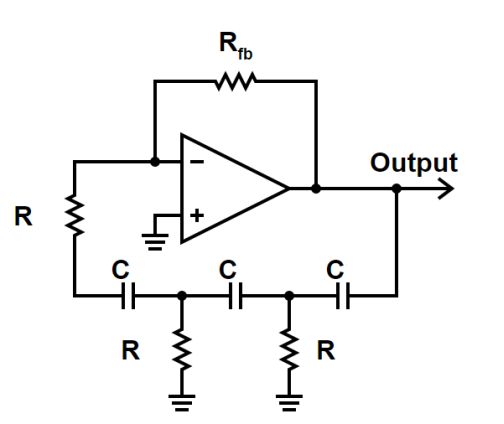
The linear oscillator can take the form of a simple transistor or op amp. What makes it work is a feedback loop. When power is turned on, the electronic noise floor initiates oscillations, which are amplified and returned to the input. The frequency quickly stabilizes to a precise value that depends upon the resonant circuit. Component values are chosen so the amplitude is sustained and the waveform is not damped.
A relaxation oscillator is nonlinear. It outputs a non-sinusoidal signal. Some examples are the square wave and the triangle wave. The relaxation oscillator contains a switching device that is saturated for a good part of the cycle. Relaxation oscillators are widely used in low-frequency applications where the output is a blinking light, audio beeper or the like.
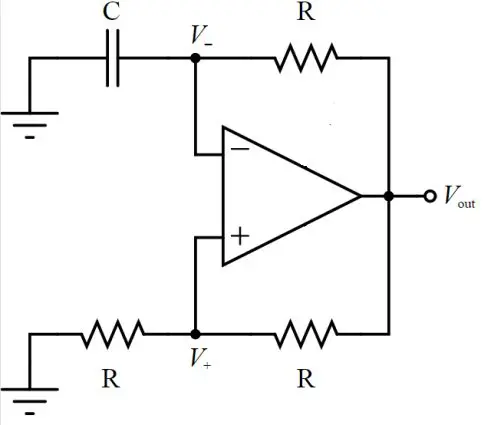
Crystal oscillators are appropriate where a precise output frequency is desired. A quartz crystal, which has piezoelectric properties, replaces the tuned circuit. It vibrates at a prescribed frequency, and the oscillations are maintained at a uniform level by means of a connected power supply and amplifier. Crystal oscillators are used to control the frequencies in radio transmission and to provide the clock signals in computers and quartz timepieces.
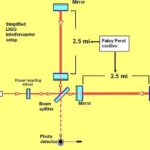
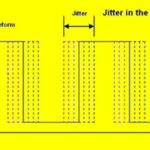
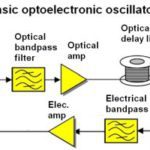
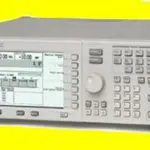


Leave a Reply
You must be logged in to post a comment.